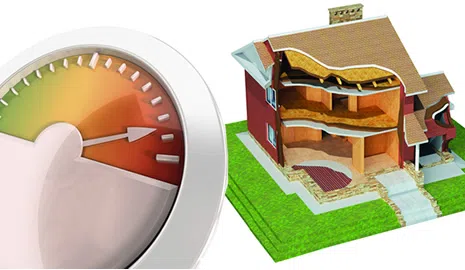There is no one-size-fits-all with temperature comfort.
In today’s economy, rapidly rising energy prices are top of mind to homeowners, especially when it impacts their home comfort.
On average, a family spends more than $2,200 a year on home energy bills in the United States with a large portion of energy being wasted, according to the Dept. of Energy’s (DOE) Energy Star Program. Heating and cooling a home uses more energy and is proportionately a higher expense than any other system in the home. The DOE reports that typically 45% of a home’s utility bill goes for heating and cooling.
According to an Opinion Research Corp. study of 700 homeowners, 89% of those polled said they would be willing to pay more for products that reduce heating and cooling costs, while nine out of 10 would buy quality products that last longer.
Everyone Deserves a Comfortable Home
People spend more time inside than anywhere else — whether at home or work, in school or in transit. According to the U.S. Environmental Protection Agency (EPA) and the American College of Allergy, Asthma & Immunology, on average, Americans spend more than 90% of their time indoors. With all that time indoors, homeowners often feel a 12- to 15-degree temperature difference within different rooms and levels of their home, and therein exists the problem — a home with these types of temperature fluctuations is not comfortable. What most homeowners don’t realize is that they can control their home’s comfort.
There is no one-size-fits-all with temperature comfort. So why have just one thermostat? The problem is easily solved by installing a zoning system, which allows homeowners to vary temperature settings throughout the house. When a home is divided into multiple, distinct zones, homeowners no longer need to heat or cool unoccupied rooms, or live with uncomfortable temperatures.



